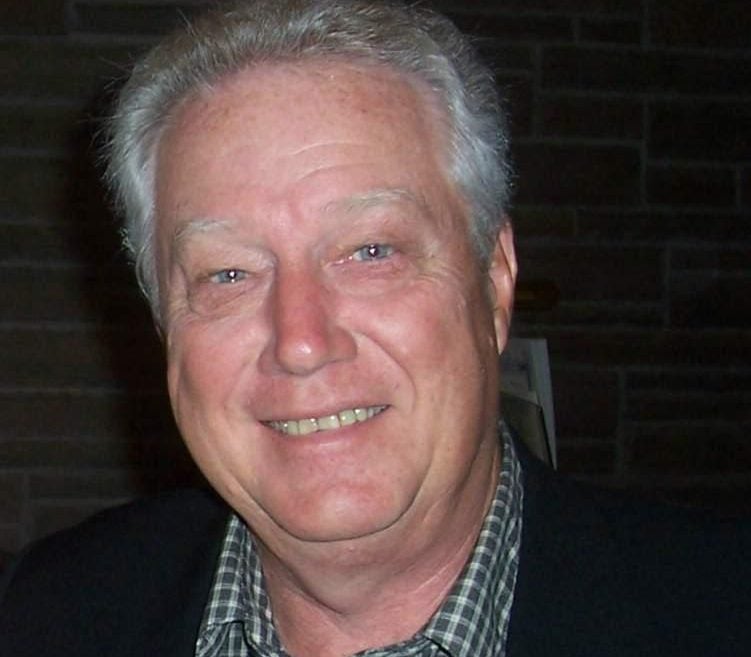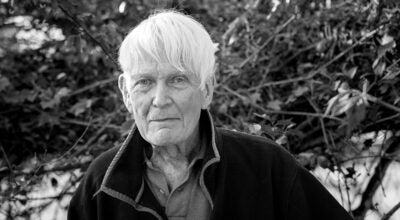The Nature Corner: The Circle of Life
Published 7:25 pm Wednesday, March 13, 2019
By Ernie Marshall
Black Elk Speaks: Being the Life Story of a Holy Man of the Oglala Sioux, as told through John G. Neihardt, University of Nebraska Press, 1961
Neihardt does a superb job of capturing Black Elk’s voice (his daughter served as stenographer and Neihardt was intimately acquainted with the culture of the Sioux). One feels that Black Elk is speaking directly to the reader. Part of this feeling probably comes from Black Elk’s simple and direct way of telling a story.
Black Elk’s tribal status as a Holy Man came at least in part from “the Great Vision,” a “vision” he had when he was nine years old. It is described in vivid detail in 27 pages (the entire book is only 280 pages), in an astonishing array of moving images packed with a sense of potent significance. The closest thing in the Judeo-Christian tradition that came to my mind in reading his account was the Book of Revelations.
Being a “holy man” in Native American culture was not a matter of an official title and assigned duties, yet they were typically consulted and thought to have spiritual insight. Black Elk does not “preach” his spiritual convictions but evinces them in various ways of thinking, feeling and acting.
Black Elk conveys a rich sense of what life was like as a Plains Indian. For example, his account of his first bison hunt really places you in the midst of the action. Their technique of hunting bison required stampeding the herd and riding very close to bison they took down with spears or bows and arrows. One false step likely meant being gored or trampled to death. Bison were at the center of the life of the Plains Indians, their primary source of food, hides for tepees, winter quilts, etc. and also of their culture and religion.
He lived through many major historical events in the later years of the Sioux. He fought at “Custer’s Last Stand” and the Battle of Wounded Knee. He intimately knew Sitting Bull and Crazy Horse. He was part of Buffalo Bill’s traveling Wild West show.
He was on hand to witness the tragedy of the demise of the Plains Indian culture, massacres, broken treaties, the coming of the railroad, the disappearance of the bison herds and the invasion of their traditional lands by wave after wave of soldiers and settlers.
Black Elk shows no bitterness or disillusionment over this calamity, only sadness. His equanimity and acceptance seem fitting for a “Holy Man.” I am reminded of Christ’s dying words, “Forgive them for they know not what they do.”
Glimpses are given into the Native American spiritual/philosophical worldview throughout the book. One of the most powerful ideas is that “Everything the Power of the World does is done in a circle”, explained in this passage (pp. 198-199):
“Have you noticed that everything an Indian does is in a circle, and that is because the Power of the World always works in a circle, and everything tries to be round . . . Everything the Power of the World does is done in a circle. The sky is round, and I have heard that the earth is round like a ball, and so are all the stars. The wind, in its greatest power, whirls. Birds make their nests in circles, for theirs is the same religion as ours. The sun comes forth and goes down again in a circle. The moon does the same, and both are round. Even the seasons form a great circle in their changing, and always come back again to where they were. The life of man is a circle from childhood to childhood, and so it is in everything where power moves.”
This world view is strikingly different from what served as my conceptual-emotional framework for most of my life, taking as straight a path as possible between goal posts, from high school to college graduation, finding a career, marriage, children and so forth, on to retirement. It is the way our calendar we consult is laid out, start the workweek with Monday, get to “hump day,” then the weekend. The larger scheme of things, the linear Judeo-Christian view, from Creation to Judgment Day, undergirds this. And the industrial revolution, with its workweek schedule and production quotas, also did so, replacing the farmer’s attunement to seasons and even more so, the hunter-gather’s that preceded him.
But now in my senior years I see somewhat more through Black Elk’s eyes. I have the leisure to take in a sunset from my porch, witness the colorful completion of the daylight cycle. Every time we “stop to smell the roses” we encounter the plant’s life cycle from seed, to seedling, to expanding stems and leaves, to flower, then to rose hips containing seeds for a renewal of the cycle. The rain that has nourished the rose is part of the vast water cycle, beginning with evaporation and condensation and rain bearing clouds. As part of Nature we too are part of this circular dance.
Some of my memories of childhood are now more vivid – although I can’t recall what I had for breakfast. I watch a toddler struggle to keep her balance stepping up a curb and now know her challenge. The circle of aging completes itself?
My life’s journey seemed to have frequently lost its way. I can almost hear the voice on my car’s OnStar system, “You have left the planned route.” Perhaps I wasn’t lost – in life I mean, not traveling in my car – but just taking the circular, more scenic route. I would have spared myself much frustration and disappointment had I acknowledged that.
Many a Christian hymn speaks of the end of life’s journey as a “coming home.” The hoped for conclusion of my circuitous journey?
Comments? Contact the author at marshalle@ecu.edu. Visit my blog at ecmnaturecorner.wordpress.com. For DVDs of Refuge-The Series contact startrakstudio@earthlink.net.
READ MORE COLUMNS AND LETTERS TO THE EDITOR IN OUR OPINION SECTION.




